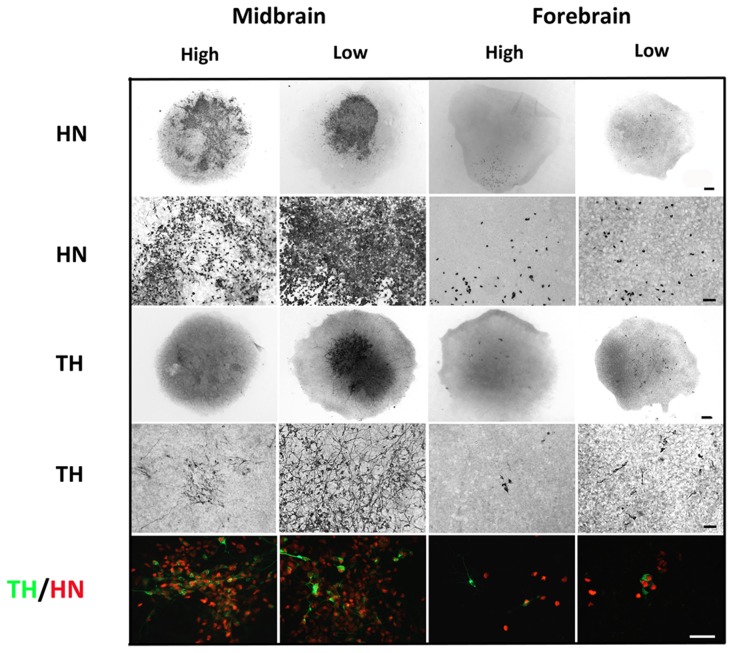Figure 7. Microtransplantation of human midbrain- and forebrain-derived stem cells into striatal slice cultures.
Midbrain and forebrain neural stem cells (NSCs) were pre-differentiated for 4 days in vitro (DIV)(sequential addition of FGF8, Shh, GDNF, and Forskolin) and microtransplanted into one-day old mouse striatal slice cultures. Microtransplanted cultures were grown for 13 days at high (20%) or low oxygen tension (3%). Representative photomicrographs of human nuclei (HN)-immunoreactive (-ir) cells. In slice cultures microtransplanted with midbrain-derived NSCs large transplants were seen, whereas slices receiving forebrain-derived NSCs contained HN-ir at a more sparse density. Numerous tyrosine hydroxylase (TH)-ir cells were found in cultures transplantated with midbrain-derived cells, particularly when grown at low oxygen tension, whereas the density of TH-ir cells was relatively low in all grafts of forebrain-derived cells. Midbrain TH-ir cells, especially those cultured at low oxygen, displayed a very mature neuronal morphology with very long and branching processes. In contrast, exogenous forebrain TH-ir cells appeared very immature with very short and simple processes. Double immunofluorescence labeling for TH and HN revealed almost 100% co-expression of these markers in all cultures. Scale bars = 250 µm (HN and TH above), Scale bars = 25 µm (HN, TH below and TH/HN).

